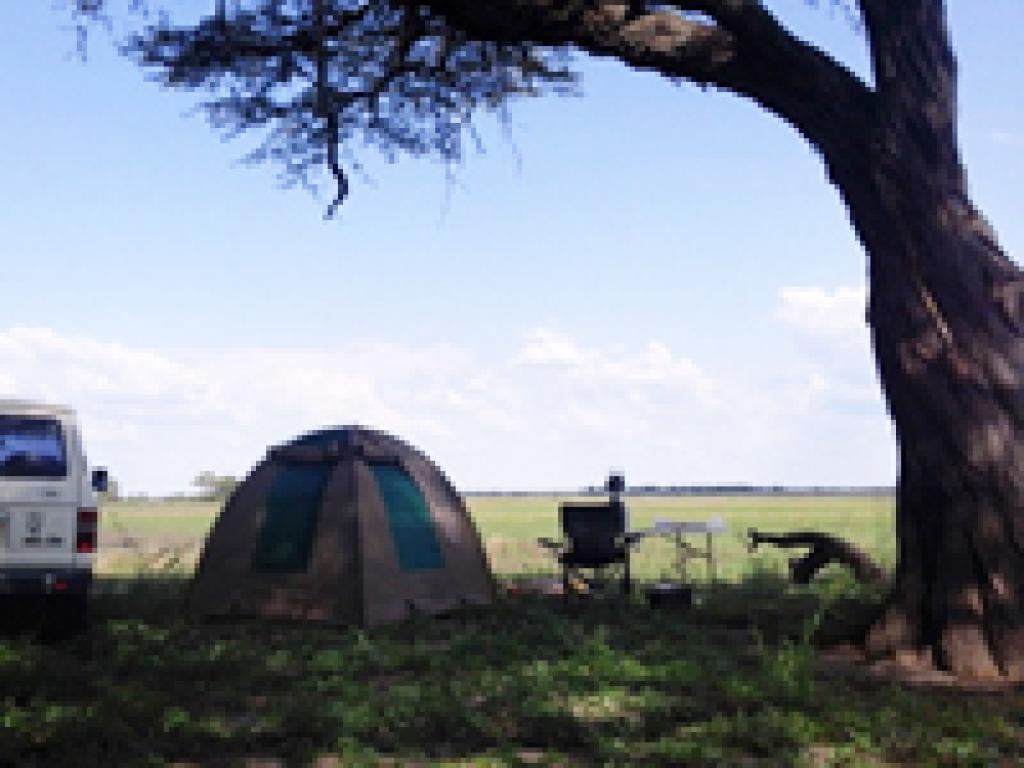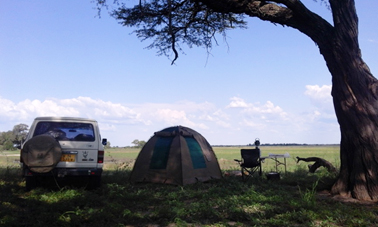Focus on Fire in the savanna-woodlands of Bwabwata National Park, north-east Namibia

Glynis Humphrey, a PhD student under the supervision of Associate Professor Lindsey Gillson in the Plant Conservation Unit recently returned from a field trip to Bwabwata National Park (formerly the Western Caprivi Game Park) in north-eastern Namibia. Glynis’s research project is entitled The role of humans in the fire, climate and vegetation regimes of north-eastern Namibia. The focus of the thesis is on determining the ecological and social drivers of fire in the park – the nexus of a fire hotspot regime in southern Africa bounded by Angola, Botswana, Zambia and Zimbabwe. The field trip entailed detailing the tree, grass and shrub species composition and vegetation height structure in seven vegetation types to establish the effect of the fire intensity and frequency on the vegetation. During this trip 32 transects were completed in the park between the flanking Kwando and Okavango River systems.

Camp site overlooking the Kwando Floodplains, a well-chosen locale for grass identification.
Great appreciation is extended to Pheedan Mpangu and Loide Iipinge, both game-guards based at the Suswe Headquarters from the Ministry of Environment and Tourism (MET) of Namibia, and Alfred Berry, a Khwe tracker resident in Chetto village for the many hours of field work in the heat and occasional rain. This work would not have been possible without their assistance and enthusiasm in the field.

The team from left to right: Alfred Berry (Khwe tracker from Chetto village), Glynis Humphrey (Research leader), Loide Iipingwe (Ministry of Environment and Tourism, Game Guard), Pheedan Mpangu (Ministry of Environment and Tourism, Game Guard).
